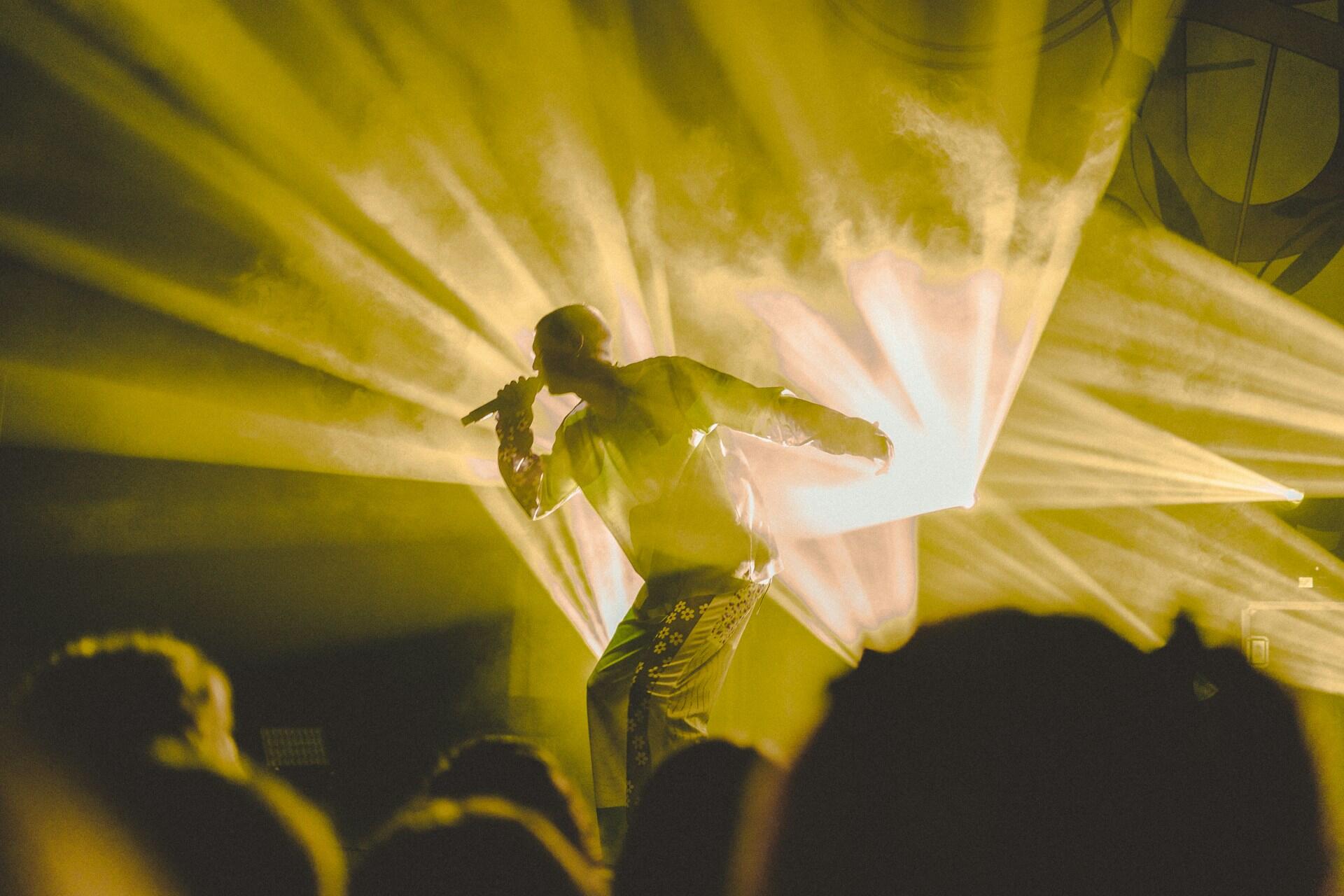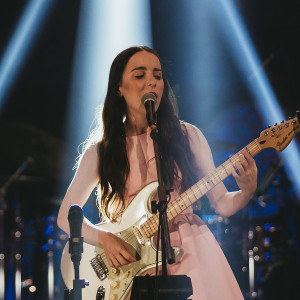Country rap, as the name suggests, is a combination of country and rap music. You can hear booming bass, banjos, and beats. The rhythm of hip-hop and the narrative heart of country have found themselves together in a combination like peanut butter and jelly. Here, we'll explore how this combination emerged and the artists currently shaping country rap.
| Artist | Signature Song | Year | Peak Chart Position |
|---|---|---|---|
| Kid Rock | Cowboy | 1999 | Billboard Hot 100 – #82 |
| Bubba Sparxxx | Deliverance | 2003 | Billboard Hot 100 – #50 |
| Colt Ford | Ride Through the Country | 2008 | Billboard Top Country Albums – #17 |
| Upchurch | Holler Boys | 2019 | Billboard Hot Country Songs – #65 |
| Shaboozey | A Bar Song (Tipsy) | 2025 | Hot Country Songs – #1 |
| BigXthaPlug | All the Way (feat. Bailey Zimmerman) | 2025 | Hot Country Songs – #1 |

Origins and Early Examples
The history of any musical genre goes back way farther than you'd often think. While country rap certainly wasn't a thing in the 1960s, there were key musical experimentations by artists who'd never be classified as country rap who paved the way. In the same way, rock couldn't exist without the blues, country rap couldn't exist without some of the earliest country music since the same kind of genre-crossing spirit seen in other movements like the rise of the Texas country music scene, which also built its own identity outside mainstream Nashville.
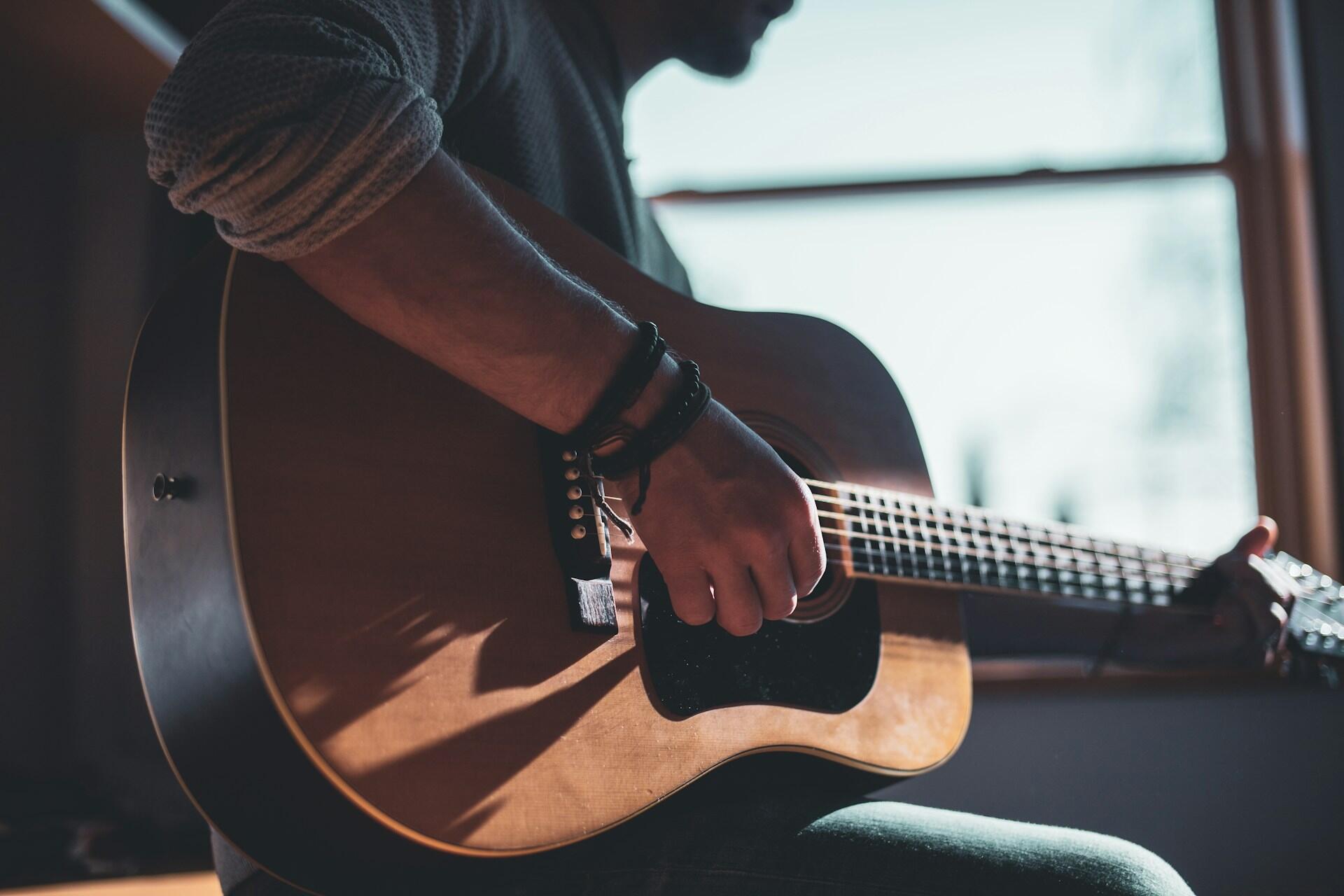
Early Examples and the History of Country Rap
Country rap is a relatively modern term, but it can be traced back to the talking blues tradition, which was a blend of half-sung and half-spoken lyrics. Examples like Jimmy Dean's Big Bad John (1961) and Johnny Cash's A Boy Named Sue (1969) used rhythmic spoken delivery and storytelling.
These weren't rap songs in the modern sense, but they showed audiences the potential of speech-like phrasing within a country narrative. The early style combined folk and blues, but it also had touches of what hip-hop would later develop. While these predate rap music as we know it, their existence is important in setting the stage for the combination of country and rap.
Emergence of the Genre
In the late 1990s and early 2000s, some artists started blending hip-hop beats and country themes. Kid Rock's Cowboy (1999) combined rock, rap, and twang, creating a radio-friendly anthem. The Bellamy Brothers' 2001 track Country Rap was more on the nose. The important thing was that a southern drawl and a guitar riff could go over a hip-hop beat.
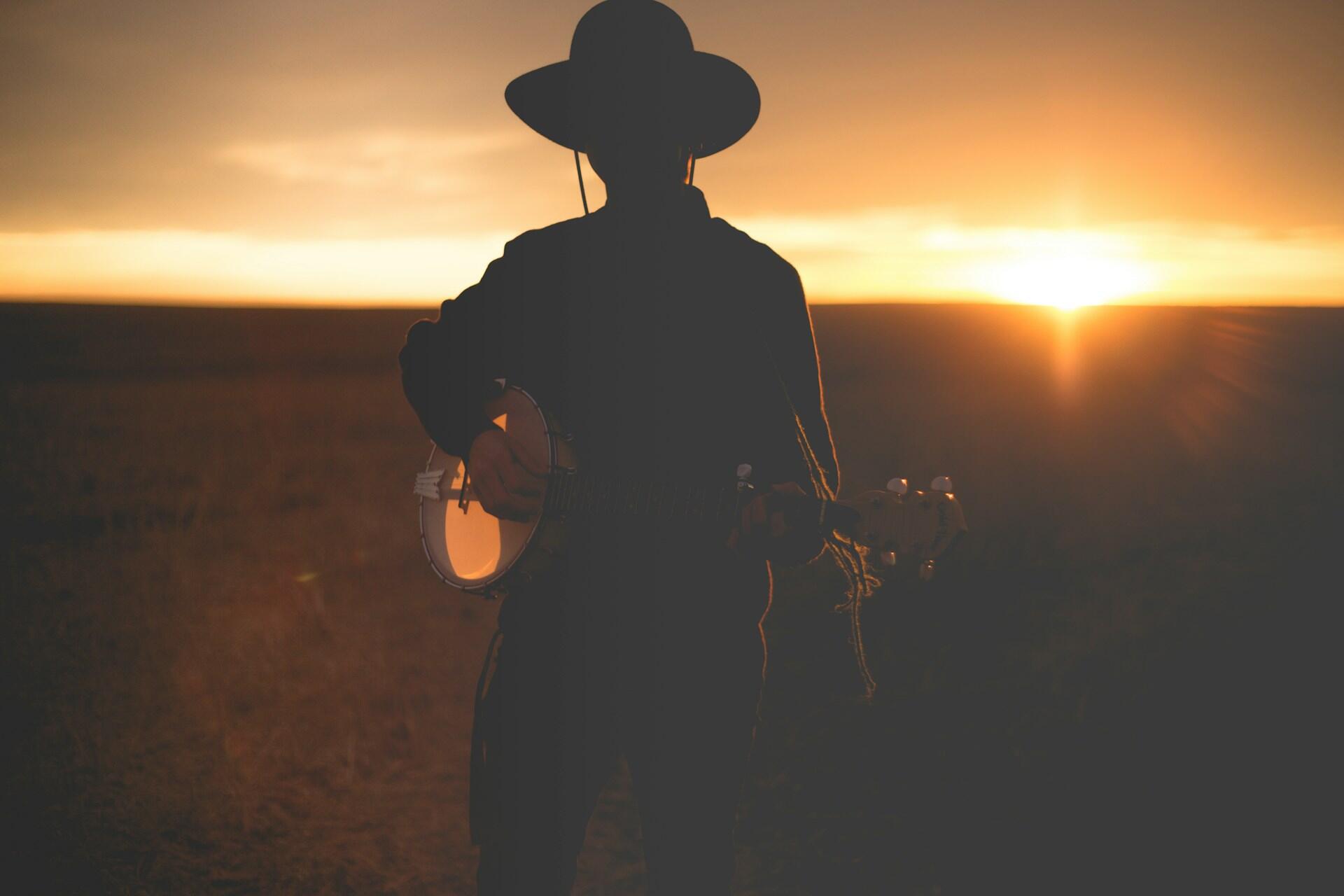
It was also an age of crossover appeal, especially with rap music. Many other musical subgenres also felt that rap was the missing element to already established musical styles, a pattern also seen in the history of pop country, where Shania Twain, Taylor Swift, and other crossover stars blurred the lines between genres to reach wider audiences.
Country rap (also called hick-hop or country hip-hop) is a hybrid music genre combining the narrative storytelling of country with the rhythmic beats and lyrical flow of rap. Often featuring southern slang, rural imagery, and a blend of acoustic and electronic instrumentation, it has grown from niche experiments into a chart-topping style embraced by audiences across genres.
Evolution and Mainstream Breakthrough
Country rap was certainly not a mainstream musical subgenre in the 2000s, but by the 2010s, it began making waves in popular music. Streaming platforms provided audiences with numerous ways to discover new music, and the virality of certain hits prompted people to take notice. The genre began appearing more regularly on Billboard charts, making it clear that this wasn't a novelty genre, but instead one that could potentially influence established pop, rock, and even R&B artists.
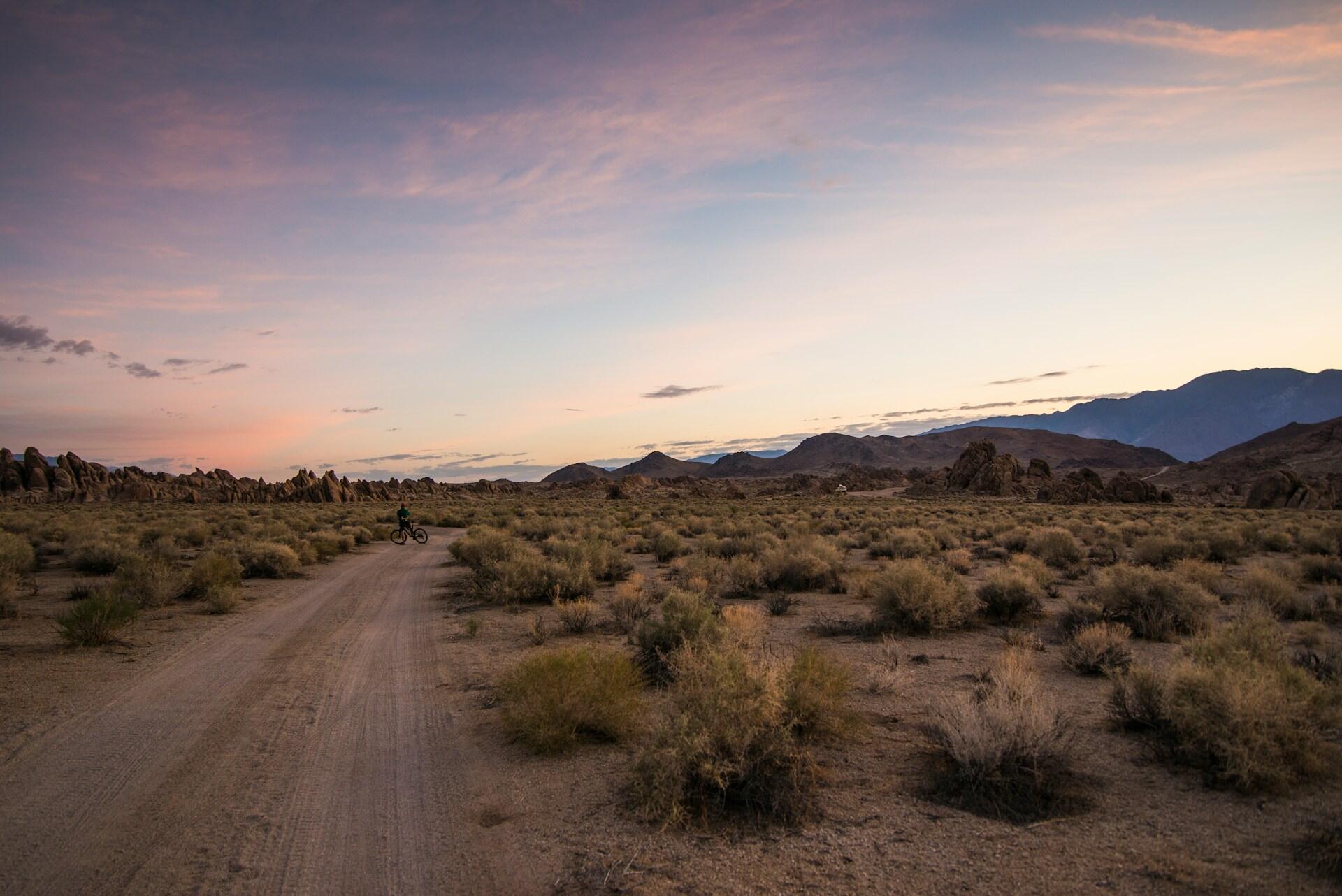
Rise of Country Trap
Country trap represented a significant shift in the genre with the heavy 808s and hi-hat rolls of trap music with banjos, acoustic guitars, and a distinctly Southern charm. Lil Nas X's Old Town Road smashed streaming records and held the No. 1 spot on the Billboard Hot 100 for 19 weeks in 2019, but it wasn't the only success. For example, the roots of alt-country have expanded online as streaming services introduce new audiences to subgenres they might never have encountered otherwise.
Old Town Road by Lil Nas X featuring Billy Ray Cyrus broke music history by staying at No. 1 on the Billboard Hot 100 for 19 consecutive weeks in 2019. This unprecedented success brought country rap into the mainstream, garnering global attention and proving that the fusion of genres could not only compete with but also dominate pop, hip-hop, and country charts alike.
Upchurch and Colt Ford experimented with trap beats, making country-style storytelling something that could be heard in clubs and nightclubs. Country trap is an excellent example of country music's ability to adapt to the times.
Collaborations and Cross-Genre Appeal
Country trap expanded the sound, but it was country rap collaborations that expanded the audience. In the early 2010s, country and hip-hop heavyweights collaborated to create fresh new music, introducing their audiences to potentially new artists and styles of music. Some rap fans became country fans, some country fans became rap fans, and everybody was happy.
Jason Aldean and Ludacris had Dirt Road Anthem while Florida Georgia Line worked with Nelly for the remix of Cruise, which had record-breaking sales. The industry recognized that genre boundaries were more blurred than ever, and listeners were embracing it. Collaborations with Nashville songwriters, Atlanta rappers, and LA producers meant that country rap had a legitimate audience as it dominated the charts.
Key Artists and Their Contributions
Country rap isn't just successful because it's an effective combination of musical genres; it also took pioneering artists to realize its potential, shape the resulting sound and image, and bring their respective audiences with them. It took early trailblazers taking a leap of faith to fuse the genres, as well as the modern stars who've understood what makes great country rap music.
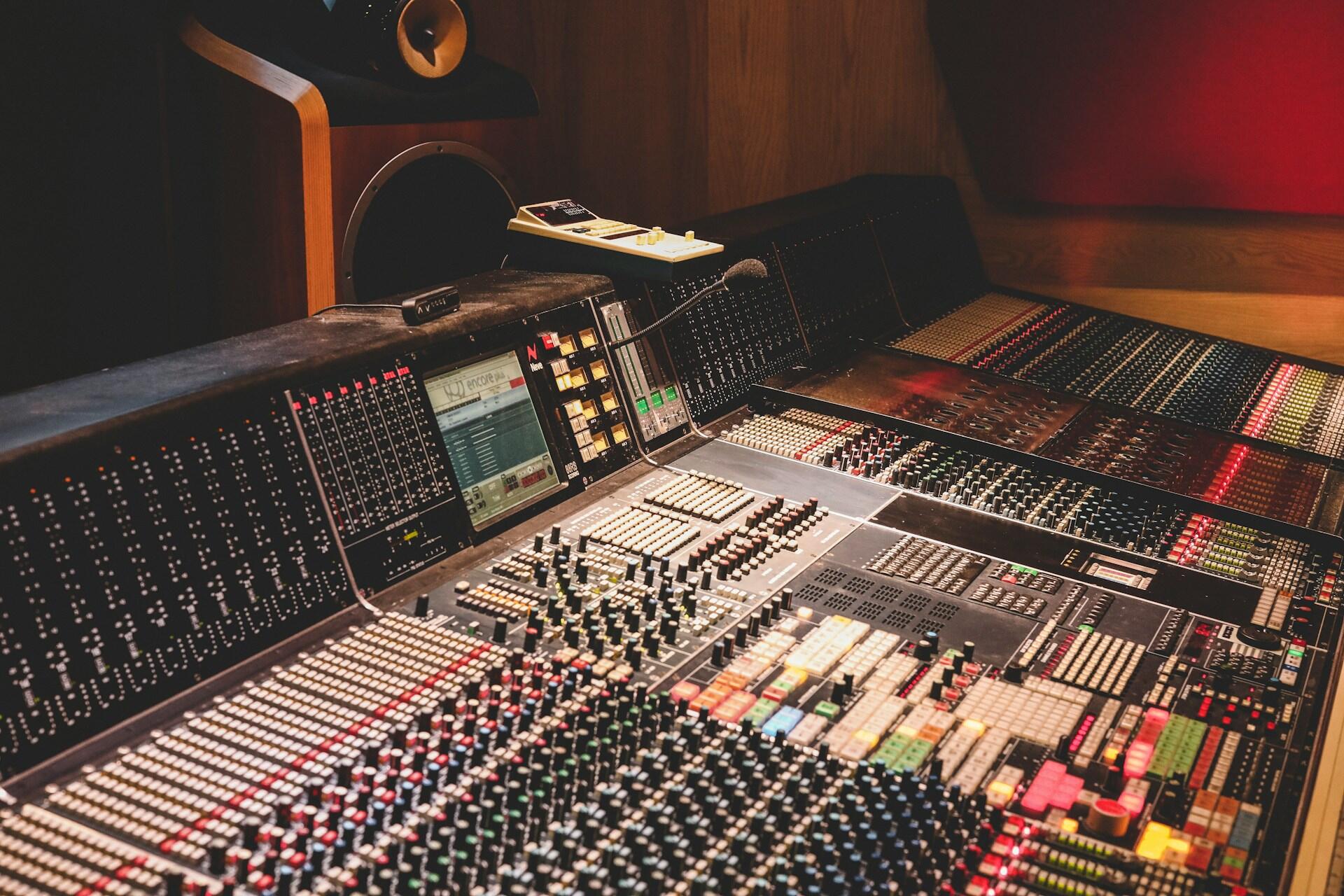
Pioneers of Country Rap
We already mentioned Kid Rock's contributions to the genre, but we could have just as easily included Bubba Sparxxx in the early 2000s with hits like Ugly and Deliverance, with hip-hop production and a Georgia drawl.
Then there was Colt Ford in the late 2000s, who co-founded Average Joes Entertainment, allowing other country rap artists to come along for the ride. He collaborated with figures like Brantley Gilbert. Upchurch, self-described as a "hick-hop" artist, built a loyal fanbase with original tracks and remixes of popular rap songs, complete with an unapologetically southern edge to their music.
I wanted people to hear it and say, ‘That’s country.’ But whatever you do, don’t call it ‘country rap.’ I hate [that] term.
Colt Ford
Aspiring performers could see that whether they were from small towns or big cities, country and rap could keep their identities while also creating something new and popular. However, we might have to apologize to Colt Ford for the nomenclature.
Contemporary Influencers
Now we've reached the 2020s. Country rap is clearly mainstream, with Shaboozey's A Bar Song (Tipsy) shattering records and spending 33 weeks at No. 1 on Hot Country Songs. BigXthaPlug scored a No. 1 debut with All the Way and collaborated with Shaboozey on Home.
| Song | Artist(s) | Year | Chart Performance |
|---|---|---|---|
| Old Town Road (Remix) | Lil Nas X feat. Billy Ray Cyrus | 2019 | Billboard Hot 100 – #1 (19 weeks) |
| Dirt Road Anthem | Jason Aldean (Ludacris remix) | 2011 | Hot Country Songs – #1 |
| Cruise (Remix) | Florida Georgia Line feat. Nelly | 2013 | Billboard Hot 100 – #4 |
| A Bar Song (Tipsy) | Shaboozey | 2025 | Hot Country Songs – #1 (33 weeks) |
| All the Way | BigXthaPlug feat. Bailey Zimmerman | 2025 | Hot Country Songs – #1 |
Artists like Jelly Roll blend country, rock, and rap. At the same time, Morgan Wallen has collaborated with stars such as Post Malone and Nelly on country hip-hop tracks. The ongoing popularity of the genre clearly means we'll see its sound evolve and change as an increasing number of artists look to add their own ideas to it.
The Future of Country Rap
So where does country rap go from here? Record-breaking singles, high-profile collaborations, and increased cultural recognition mean that it isn't going away in the foreseeable future. With an inherent flexibility (a blending of genres that you wouldn't initially think would work), it's clear that there's even more room to experiment.
Emerging Trends and Artists
While we can't say whether country rap would have been successful in earlier decades, its emergence at a time when things can go viral means that artists are using social media and streaming to bypass traditional industry gatekeepers, who ironically choose to open these gates as soon as they see something's popular.
Many performers are choosing to record tracks in home studios, release them directly on Spotify and YouTube, and build a following before they've even signed to a major label. This grassroots DIY approach to making music is both inherently country and hip-hop, which may be one reason the two genres work so well together. This openness to hybrid styles mirrors what’s happening in the different types of country music overall, where genre borders are increasingly flexible.
BigXthaPlug's album, I Hope You're Happy, features Shaboozey, Post Malone, Jelly Roll, and Ella Langley, in keeping with the genre's tendency to maximize audiences through cross-promotion and collaboration. Upchurch and Adam Calhoun chart with independent releases, meaning that loyal fan bases can drive sales outside of the mainstream system, keeping some corners of country rap away from major labels.
Country rap is also going global, with listeners in Europe and Latin America making it a multilingual affair. Spanish-language tracks and remixes are on the rise, and it wouldn't be surprising if new subgenres of country rap with Hispanic or Latin influences become popular, too.
There's even more experimentation with the sound, too, as artists incorporate folk instrumentation, EDM drops, or blues-rock hybrids. Country rap isn't a genre with a lane, so don't be surprised if it refuses to stay in one.

